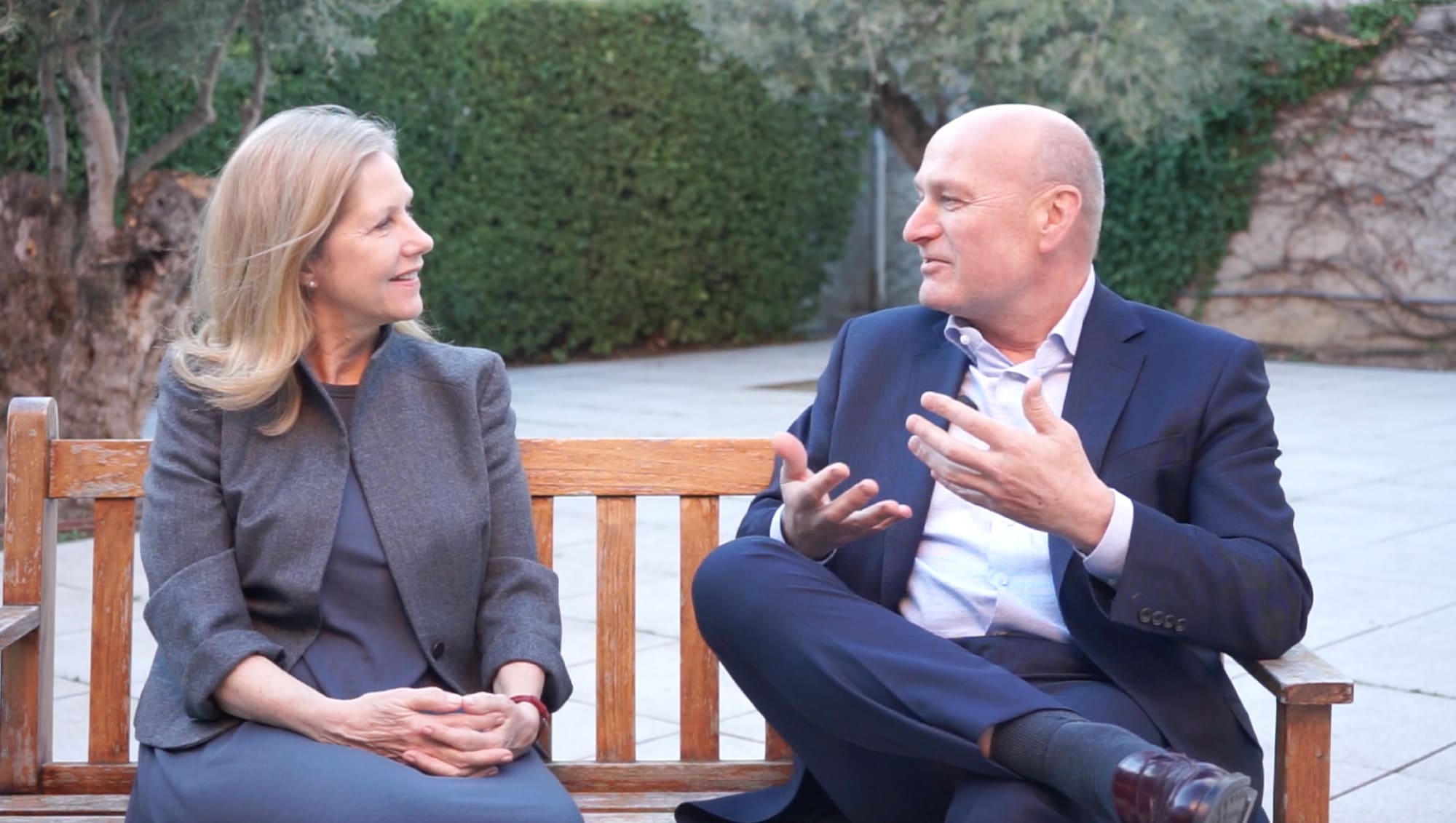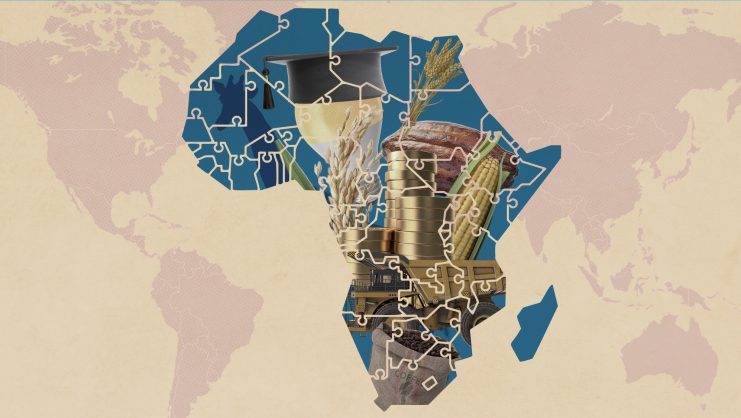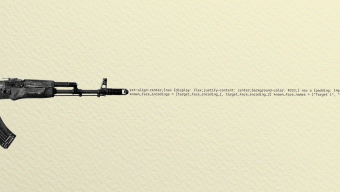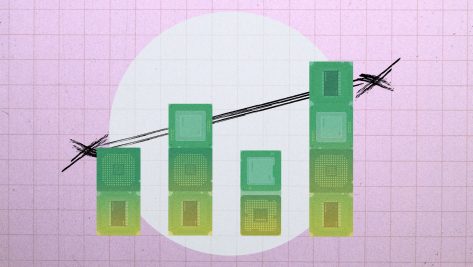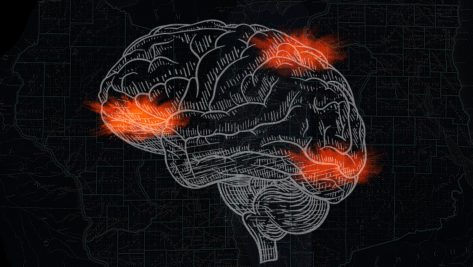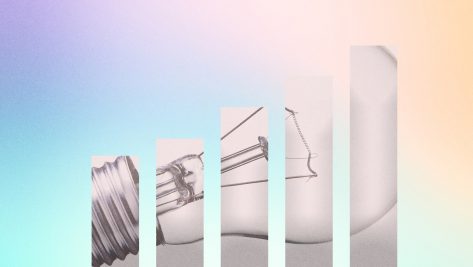Martha Thorne: We’re seeing lots of changes in the workplace. People are working from home, on the train, on the bus, in cafés, and so on. What does this mean for the future?
Paul Priestman: I think work is changing. As the population ages, more and more people will be working part-time and sharing jobs. In places like California, the commute is treated as part of the working day. As a designer of public transport, I think these spaces have to become workplaces. There are many negative aspects, such as overcrowding on trains. But what if you could work while looking out the window at the countryside and enjoying a coffee? That’s the perfect commute. This opens up some really big areas for us as designers of transport.
Martha Thorne: If we’re going to move in that direction, the interiors that you design for buses, trains, and airplanes will have to be different from what we know today.
Paul Priestman: With public transport on demand, you can open an app, enter the details of your journey, and select a date and time. Then you just go down to the corner, where a small bus is waiting for you and four or five other people who want to go to the same place. We can even take this one stage further. Let’s say you really like Caffè Nero. What if you could choose a Caffè Nero bus, where you could have a coffee and buy into that brand? Or perhaps you’d prefer a Nike bus, where you could buy some trainers during the ride. The form of transport becomes an activity—you’re actually doing something, rather than just sitting there commuting.
I think the main problems that cities face are pollution, traffic jams, and congestion, so we need to convince people to use public transport more.
Martha Thorne: Typologies seem to be breaking down and the boundaries between spaces are becoming fuzzy. A museum is not just a museum. A shopping center is not just a place for buying things. A house is not just a place to live; it’s a place to work, and it could also be a hotel because of Airbnb.
Paul Priestman: That’s right. In hotel rooms, for example, nobody uses the desk anymore. People prop up in bed, turn on the TV, and use their laptop. We can get rid of the desk. Some of our current research has to do with seating on public transport. We take up a lot of space. Look at young people—they don’t sit anymore. They perch or they lean. So we’ve been looking at how we can change seat design to increase train capacity by 30%. If you go to a coffee bar, most of the time you don’t expect to sit down. How is a short, 30-minute journey on a train any different?
Martha Thorne: Let’s talk about the city of the future. What do you think are the most important elements that we need to address to make our cities livable and healthy for all?
Paul Priestman: I think the main problems that cities face are pollution, traffic jams, and congestion, so we need to convince people to use public transport more. But one of the dilemmas is that it’s overcrowded. One solution is to consider other modes of transport that help us stay healthy, such as walking or cycling. Making it possible to walk long distances safely—whatever the weather—is probably one of the most interesting options for cities. Barcelona is a good example of a place where it’s enjoyable to walk.
Most cites are becoming severely congested. We have to think about this far enough in advance so that we can replace automobiles.
Martha Thorne: The different types of transport clearly need to be integrated. Do you see city administrations, city governments, and even the private sector learning to work together so that the train system is connected not only to the bus system but also to bikes, taxis, and other modes of transport?
Paul Priestman: Yes, I think everything needs to be more joined up. The concept of moving platforms, with a tram that joins up with a high-speed train—that’s the dream, isn’t it? Being able to travel to another city or another country seamlessly from anywhere in the world. But there are still lots of barriers that we have to tackle. Why do people choose to drive? I think most cites are becoming severely congested. We have to think about this far enough in advance so that we can replace automobiles—a vital part of our infrastructure—with something else.
Martha Thorne: It’s fascinating to be involved in design education, but it’s also a great responsibility. We educate people for a changing world, for jobs we can’t really define that may exist in the future. When it comes to talent, what skills do you think are important?
Paul Priestman: When I was a university student, everything was very specialized. But these barriers have broken down. Nowadays there is less pigeon-holing, fewer barriers. I think it’s still about ideas and absolute perfection—getting things right.
Martha Thorne: And you can’t do that with post-its or by putting words on a piece of paper; it’s a question of really testing and evaluating the physical object.
Paul Priestman: Indeed, you’ve got to make things and try them out. You have to understand before you can design. Design is not just about styling—it’s about making things better. First you have to understand the problem; then you can solve it. That’s design.
© IE Insights.



